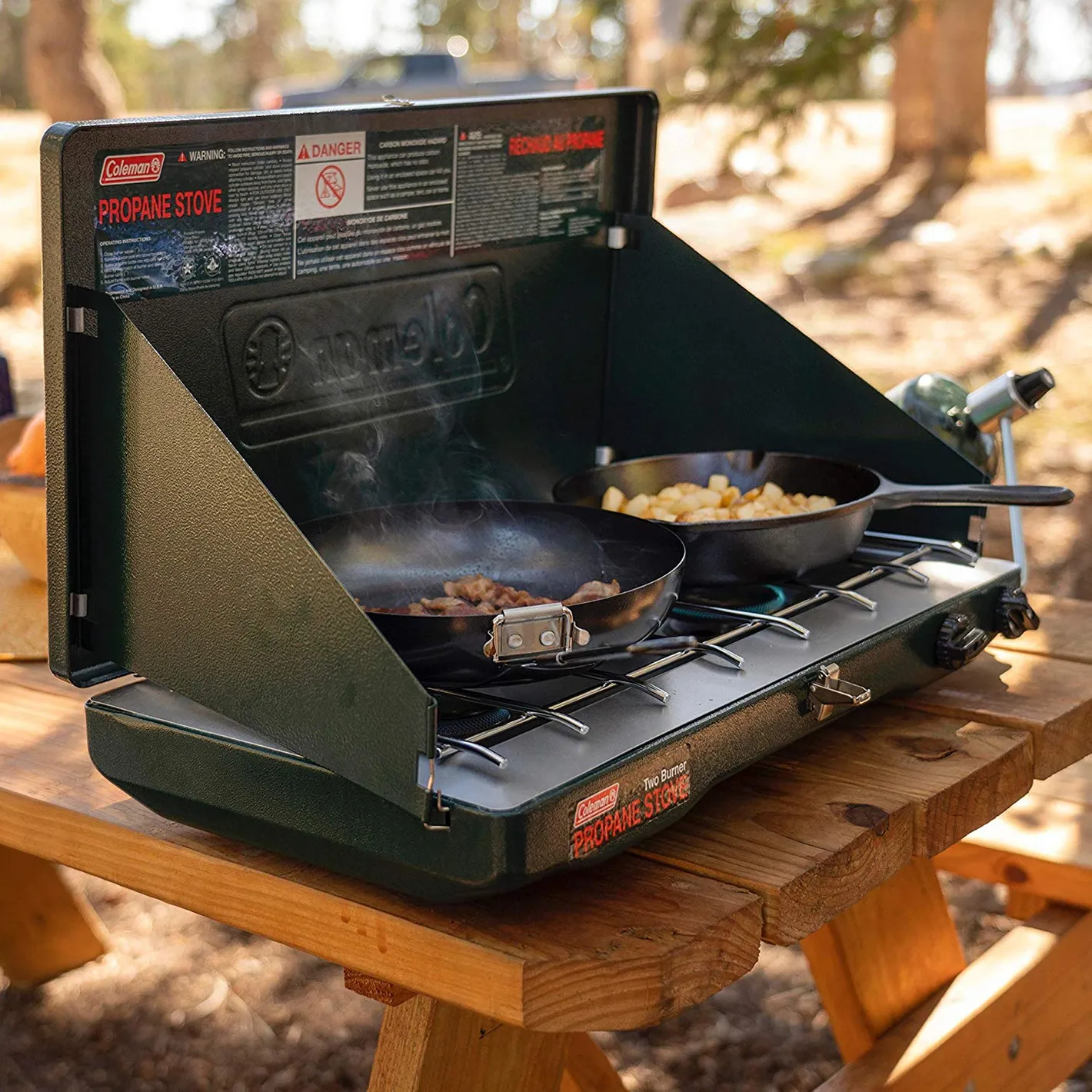Stove Up: A Guide to Troubleshooting Common Stove Issues
I. Introduction to Stove Up

A. Overview of Common Stove Issues
Stove Up aims to address common problems that can occur with stoves, such as power supply issues, gas supply and ignition problems, burner and heating issues, oven temperature and cooking problems, and general maintenance and cleaning concerns.
B. Embracing the Importance of Troubleshooting
Troubleshooting stove issues is crucial for maintaining a properly functioning stove and ensuring safe and efficient cooking. By identifying and resolving problems, you can avoid potential hazards and extend the lifespan of your stove.
C. Exploring the Steps to Identify and Resolve Stove Problems
Stove Up provides step-by-step instructions to help identify and resolve common stove problems. By following these steps, you can troubleshoot and address stove issues effectively.
II. Power Supply and Electrical Issues
A. Checking Power Connection and Outlet
- Ensuring the Stove is Properly Plugged In
Check that the stove is securely plugged into a functioning outlet. Sometimes, a loose connection can cause power issues.
- Verifying Power Supply from the Outlet
Use a multimeter or plug in another device to verify that there is power coming from the outlet. If there is no power, check the circuit breakers or fuses.
B. Resetting Circuit Breakers or Fuses
- Identifying and Resetting Tripped Breakers
Locate the circuit breaker panel and check if any breakers have tripped. If so, reset the tripped breaker by switching it to the “off” position and then back to the “on” position.
- Replacing Blown Fuses if Necessary
If your stove is equipped with fuses, check if any have blown. Replace blown fuses with new ones of the same amperage rating.
III. Gas Supply and Ignition Problems
A. Confirming Gas Supply
- Checking if the Gas Supply Valve is Open
Ensure that the gas supply valve, usually located behind the stove, is fully open. If it’s closed, turn it counterclockwise to open it.
- Verifying Gas Connection to the Stove
Inspect the gas line connection to ensure it is securely connected to the stove. If there are any leaks or loose connections, consult a professional for assistance.
B. Troubleshooting Ignition Failure
- Cleaning Ignition Components
Clean the ignition components, such as the igniters and electrodes, to remove any dirt or debris that may be interfering with the ignition process.
- Adjusting Ignition Settings or Replacing Igniters
If cleaning doesn’t resolve the issue, check the ignition settings and adjust them if necessary. If the igniters are worn out or damaged, they may need to be replaced.
IV. Burner Issues and Uneven Heating
A. Cleaning and Clearing Burner Ports
- Removing Debris or Obstructions from Burners
Clean the burner ports using a soft brush or a pin to remove any debris or food residue that may be blocking the flow of gas.
- Ensuring Proper Airflow for Optimal Performance
Check the burner caps and ensure they are properly positioned and aligned for optimal airflow. Proper airflow is essential for even heating and efficient combustion.
B. Adjusting Burner Flames
- Regulating Air-to-Gas Ratio for Proper Combustion
Adjust the air shutter on each burner to regulate the air-to-gas ratio. This helps achieve proper combustion and avoids issues like yellow or uneven flames.
- Balancing Flames for Even Heating
If the flames on your burners are uneven, adjust the burner flame height or use a level tool to ensure that the burners are properly aligned for even heat distribution.
V. Oven Temperature and Cooking Problems
A. Calibrating Oven Temperature
- Verifying Oven Temperature Accuracy
Use an oven thermometer to verify the accuracy of your oven’s temperature. If the temperature is off, calibration may be necessary.
- Adjusting Oven Temperature Settings if Needed
Consult your oven’s manual for instructions on how to adjust the temperature settings. Follow the provided guidelines to ensure accurate cooking temperatures.
B. Addressing Uneven Baking or Cooking
- Rotating Pans for Even Heat Distribution
To promote even baking or cooking, rotate the pans halfway through the cooking time. This helps ensure that food is evenly exposed to the heat source.
- Using Oven Thermometers to Monitor Temperature
Place oven thermometers in different areas of the oven to monitor temperature variations. This helps identify any hot spots or uneven heating issues.
VI. Cleaning and Maintenance Tips
A. Regular Cleaning and Degreasing
- Removing Built-Up Grease and Food Residue
Regularly clean your stove to remove built-up grease and food residue. Use a non-abrasive cleaner and a soft cloth or sponge to avoid scratching the surface.
- Using Safe and Non-Abrasive Cleaning Agents
Choose cleaning agents specifically designed for stoves and follow the manufacturer’s instructions. Avoid using abrasive cleaners or materials that may damage the stove’s surface.
B. Routine Maintenance and Component Inspection
- Checking and Replacing Worn Out Parts
Inspect your stove’s components, such as burners, igniters, and seals, for signs of wear or damage. Replace any worn-out or faulty parts to ensure optimal performance and safety.
- Lubricating Hinges and Moving Parts as Necessary
Regularly lubricate hinges, drawer slides, and other moving parts to keep them functioning smoothly. Use a food-grade lubricant or consult the stove’s manual for appropriate lubrication recommendations.
Troubleshooting stove issues can help resolve common problems and ensure optimal stove performance. By following these step-by-step instructions, from checking power supply and gas connections to addressing burner and oven-related issues, you can identify and resolve stove problems effectively. Regular cleaning, maintenance, and proper usage will also contribute to a well-functioning stove. Remember to prioritize safety and seek professional assistance if needed. Enjoy a fully functional stove and efficient cooking experience with proper troubleshooting techniques.
